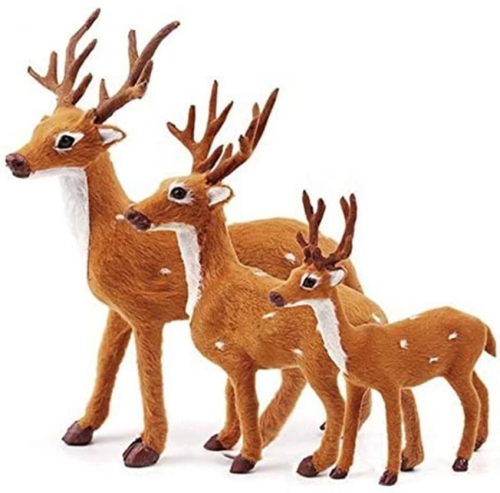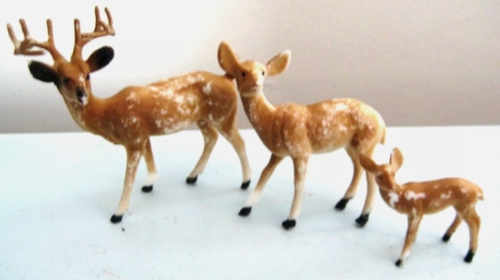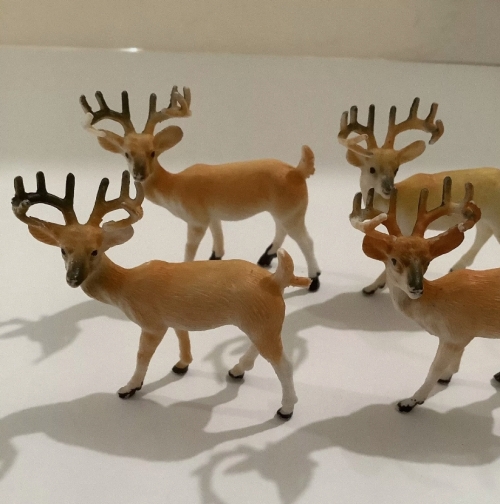In nature, deer is an animal with unique charm, known for its graceful posture and agile movements. There are many different types of deer, from the huge moose to the small sika deer, all deer play an important role in the ecosystem.
Deer usually live in a variety of habitats such as forests, grasslands and mountains. Their physiology allows them to adapt to different climates and terrains. The deer's body structure is elegant and strong, its long legs allow it to quickly evade predators when running, and its keen sense of hearing and smell help it to be alert to threats around it. Deer antlers are a characteristic of males, usually more pronounced during the breeding season, and their growth changes from year to year, symbolizing adulthood and strength.
Ecologically, deer are important herbivores and their diet consists mainly of leaves, grasses and shrubs. The uptake of these plants not only allows deer to survive and reproduce, but also affects the growth pattern and distribution of plants to a certain extent. Deer promote vegetation diversity through herbivorous behavior, and when deer numbers are moderate, they help maintain the ecological balance. However, excessive deer numbers can lead to a serious loss of vegetation, thus disrupting the harmony of the ecosystem.
The social structure of deer is usually dominated by mother and child groups, and females are usually responsible for raising the next generation and maintaining close relationships within the group. During the breeding season, males compete for mating rights and engage in intense wrestling. However, deer do not rely solely on competition, as collaboration and social interaction within a group are equally important in helping them collectively defend themselves against predators.
In general, deer, as an animal with a time-honored cultural symbol and beautiful image, not only plays a key role in the ecosystem, but is also endowed with deep symbolic significance in many cultures.
















